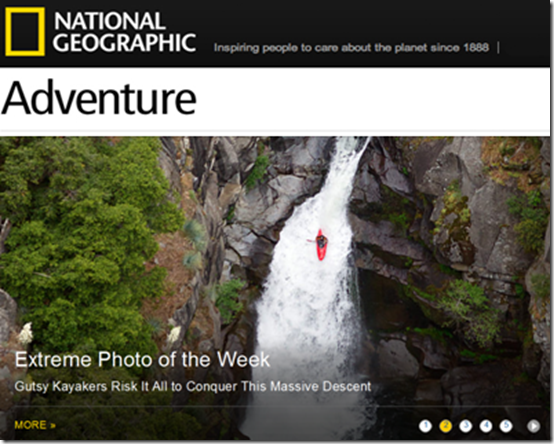
Extreme Photo of the Week
By National Geographic, 19 June 2012.
1. First Descent of Marble Fork Gorge, Sequoia National Park, California
"The rivers of California's Sierra Nevada are to kayakers what the big walls of Yosemite are to climbers," says expedition kayaker Ben Stookesberry. "And Marble Fork Gorge was one of the great unfinished puzzles." Located on the Kaweah River in California's Sequoia National Park, the 2,000-foot-deep canyon's walls are sheer and often overhanging for a thousand feet - making an exit impossible.
To solve the puzzle, Stookesberry and kayaker Chris Korbulic enlisted big-wall climbers Forrest Noble and Jared Johnson. "The first portage into the gorge turned into a sketchy, 700-foot aided traverse and rappel that was definitely the most stressful part for me," says Stookesberry. "But with Forrest and JJ along, all the rope system changes, routes, and other techniques were super dialled and efficient. It was an amazing learning experience in that respect."
Once they had lowered their boats into the gorge, Korbulic agreed to paddle first. "We knew the first person to go would have no safety. Chris is one of the only kayakers in the world who could be in this spot," says Stookesberry. Here they are seen dropping through the Spout below Twizzler Falls and above Yule Creek Slide. "We both paid to play in Marble Gorge," says Stokesberry, who separated a rib on the last 90-foot drop. Korbulic broke his hand in the Twizzler.
"Chris and I have kayaked bigger drops, but never a sequence like this and never locked into a gorge," says Stookesberry. "This in concert with the most technical portage probably ever accomplished with a kayak put the Marble Fork at the top of my list as the hardest river I have ever run."
Getting the Shot
“I've never been part of such an epic undertaking to run a section of river. I'm not sure if there has been one,” recalls Jared Johnson, who took this photograph. The expert climber joined Stookesberry, Korbulic, and Eric Seymour to blend expedition kayaking and big-wall climbing as never before. “Forrest [Noble] and I were the climbing guys on the expedition," says Johnson. "When we both first saw where Ben wanted to enter the river with boats, we both told him he was nuts.”
After eight days of climbing in unusually cold weather, it was time to paddle. Johnson communicated with Stookesberry and Korbulic with radios until they entered the river and prepared to shoot.
“Chris went first on the long first slide we'd dubbed the Twizzler. At the end of the slide, Chris hit the wall on the left hard, flipped forward, upside down, and ran the last part of the slide upside down. It didn't look good,” says Johnson. Luckily, Johnson was able to tell Stookesberry how to manoeuvre past the trouble spot. “Ben was only two feet right of Chris's line, but just far enough to avoid the rock Chris had collided with.”
Johnson photographed with a Nikon D7000 and 70-200mm.
2. Solar Eclipse Skiing, Mount Shasta, California
"All of a sudden it became eerily dim and quiet as we snapped this shot," recalls skier Lynsey Dyer of this moment on Mount Shasta during the recent solar eclipse. "We couldn't comprehend what was happening, but it felt profound and maybe even a bit scary." Skier Megan Kelly organized this once-in-a-lifetime trip with Dyer, Lizet Christiansen, Ashley Magnuson, and Sierra Quitiquit to summit and then shred down the mountain during the rare alignment in the cosmos.
Getting the Shot
Photographer Patrick Orton scouted the mountain for the perfect vantage point. “I spotted an ideal location halfway up Shasta that would show the skier in the foreground of the eclipse," says Orton. "We nearly sprinted up the mountain to get to our shoot location.”
The moon was covering 2/3rds of the sun when this photo was taken. “This photo was the first frame I snapped during the eclipse and Lynsey nailed it," says the Sandpoint, Idaho-based photographer. "It was lighting I had never seen before and we were all in awe of what was taking place in front of us.”
As the eclipse progressed, the skiers heard hoots and howls echo across the valleys of Shasta.
Orton photographed with a Canon 5D Mark II and 16-35mm 2.8L lens.
3. Climbing the Great Arch, Getu Valley, China
“Danny is an incredible climber - a machine!” says photographer Sam Bie of shooting climber Danny Andrada on Corazón de Ensueño, an eight-pitch route on Chuanshang Cave, also known as the Great Arch, in southwestern China’s Getu Valley. This may be the hardest continual, overhanging sport-climbing route in the world. The Great Arch is 164 feet high, 230 feet across, and 449 feet long.
After climbing for an hour, Bie was in position to capture the photo he planned for. “The perfect place for me to shoot was across from Danny’s route, aligned with the middle of the arch, about 525 feet above the ground,” he says.
Getting into position to shoot can take hours, and Bie often has long waits between photographing climbers. “I fell asleep twice in my harness!" he says. "Being rigged into ropes is my ‘office.’ I slept at work.” recalls Bie.
Bie photographed with a Nikon D300 and a Nikon AF DX Fisheye-Nikkor 10.5mm f/2.8G ED lens.
4. Kayak Surfing Nelscott Reef, Oregon
"There is something about knowing a mistake can have pretty severe consequences that makes moments like these feel extra special," says champion extreme kayaker Tao Berman, who waited four years before all the pieces fell together to kayak surf this monster wave at Nelscott Reef, located about a half mile offshore in Oregon.
Berman took on big-wave surf kayaking to keep challenging himself after setting three world records and mastering freestyle kayaking. But the kayaking legend has hung up his competition paddle: "So far retirement has been great," he says. "I’ve been spending time with my nine-month-old daughter and doing lots of sports."
Getting the Shot
Nelscott Reef is one of the toughest breaks that photographer Richard Hallman has ever shot, he says. It has a rough entry point leading to 15- to 20-foot waves. “The only way out to greet this beast is through the most gnarly, freezing, shark-infested beach break,” he says.
Shooting from the channel between the north and south reef, Hallman was able to capture Berman kayaking the wave. “On one wave in particular, we watched for a breathless moment as Tao got caught inside a massive wave," Hallman says. The kayaker was torn from his boat, a rare occurrence for the pro. “One of the rescue teams came over and said Tao was asking for me," recalls Hallman, a former ER nurse and EMT who thought his skills might be needed to aid Berman. “When I got there, [Berman] just wanted me to document his bloody nose. He’s a tough customer.”
Hallman used a Canon 1D Mark IV with a 70-200mm lens and an Aquatec waterhouse.
5. Climbing Lost Arrow Spire Tip, Yosemite National Park, California
"Extreme environments are inspiring to me, so I felt right at home," says climber Brad Wilson, seen here at the top of the first pitch, about 2,500 feet above the valley floor, at a belay point on Lost Arrow Spire Tip near Upper Yosemite Falls. "The waterfall was generating a mellow roar, perfect to muffle the chaos of tourists and vehicles on the valley floor."
After hiking seven miles, Wilson and climbing partner Gil Weiss had rappelled to the notch between the valley rim and the Spire Tip to begin climbing. Although the route is only two pitches long, the spire's summit features one of the most spectacular views in Yosemite. "I'd always wanted to stand on that summit," recalls Wilson, who is currently roaming the Sierras in his vehicle with his climbing gear.
Getting the Shot
“Lost Arrow Spire is a super classic climb," says photographer Ben Horton, who shoots a variety of adventure subjects and received the first National Geographic Young Explorers Grant. "It offers an amazing view of nearly everything in Yosemite Valley."
“This was my first time at the spire, so I had no clue as to how I'd shoot it,” recalls Horton. The Los Angeles, California-based photographer ended up rappelling down over the valley rim's edge and hung nearly 3,000 feet in the air to shoot while Wilson and Weiss climbed. "The evening light hit the spire perfectly and lit it up while the valley below was covered in shadows.”
Horton photographed with a Canon 5D Mark II, 24-70mm L lens, and a BlackRapid camera strap.
6. Highlining in Koh Yao Noi, Phuket, Thailand
"Should I grab the stalactite with my hands or turn around on my feet like a real pro?" recalls slackliner-photographer Jared Alden of this moment on an unusual stalactite highline on Koh Yao Noi island in Phuket, Thailand.
Lured by the country's unique limestone, ten slacklining friends spent a month in Thailand establishing new climbing routes and highlines - and partaking of the local culture's fresh, healthy food, world-renowned massages, and friendly scene. "We really got creative with our shenanigans on this trip," says Alden, who lives with his family in Pennsylvania. "We rigged slacklines at the beach, waterlines off piers and cliffs, high waterlines with tourists kayaking below, and even a highline between the masts of a pirate ship."
Getting the Shot
After driving through a jungle, wading through a cave system, and climbing the backside of the cave, two team members lowered themselves 120 feet to the base of this stalactite and secured the line about 300 feet above the water. “One of the main challenges for this line was finding an anchor point on the stalactite that was strong enough to hold the slackline…and also wouldn't drop off the end!” says photographer and slackliner Scott Rogers.
To capture the shot, Rogers hung from a rope adjacent to the highline and used his widest lens to frame both Alden and the cave formations. Rogers had to manoeuvre around eight other people hanging nearby to get the photo he wanted. But the climate and terrain may have held the biggest challenge. “Thailand was pretty rough on all our gear, from corroded biners to fogged image sensors, but we brought enough of everything to last through the trip,” he says.
Rogers photographed with a Nikon D80 and 16-85mm lens.
7. Climbing Era Bella in Margalef, Spain
"While climbing a hard route, everything else fades away. I am only thinking about the movement in front of me, the next sequence, what I am holding on to, and my breath," says 19-year-old climbing phenom Sasha DiGiulian, seen on Era Bella, graded 5.14d, in the sport-climbing mecca of Margalef, Spain. "These isolated thoughts are part of the thrill of climbing - nothing else in the world matters in that moment."
On April 26, 2012, DiGiulian reached the top of Era Bella, considered the hardest route completed by a woman, after working on it for more than three days over two trips. The feat was another feather in the cap of a woman who, in the past year, became the first American woman to climb a 5.14d route (Red River Gorge's Pure Imagination), won the overall gold at the climbing world championships, and captured her third consecutive national sport-climbing title.
"I wanted to climb Era Bella because it is a challenging, beautiful route," she says. "Even when my hands were bleeding and hurt from the rock's pockets cutting my skin, I kept going because I knew the experience of doing the route was worth more than a few bloody fingers."
Getting the Shot
Having previously photographed the Era Bella climbing route in Margalef, photographer Keith Ladzinski was prepared to capture DiGiulian on the difficult route. Ladzinski worked around a film crew to get his shot.
“The route itself was so athletically engaging that the expressions and body positions of Sasha were exciting to shoot,” he recalls. “Knowing you could be shooting a historic moment is always a great feeling.”
He adds: “I do my best to keep the frame sharp and precisely composed while paying strict attention for notable moments. The whole time I'm thinking ‘This could be it!’ "
Ladzinski used a Nikon D3 camera and Nikon 24mm f/1.4 lens.
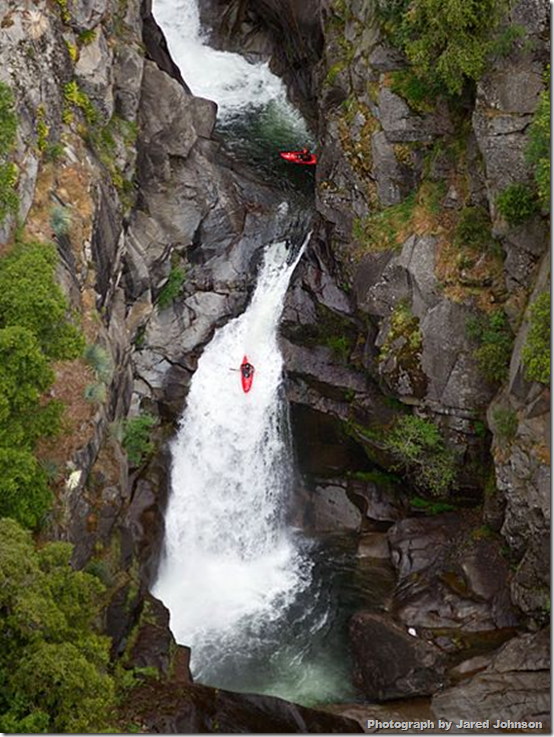
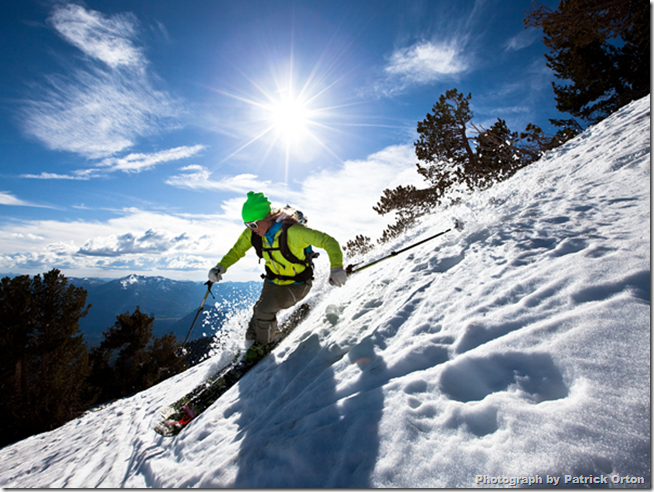

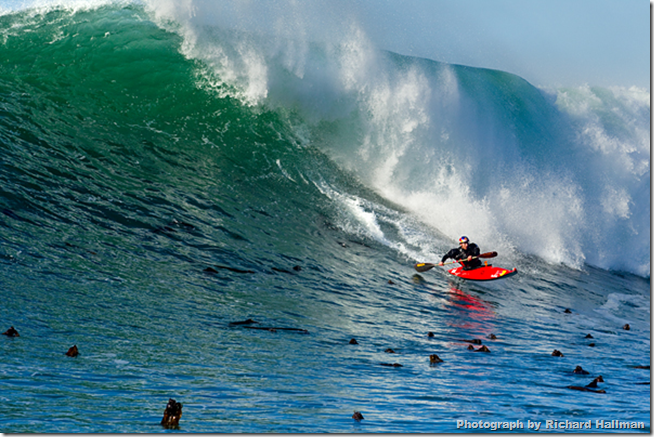

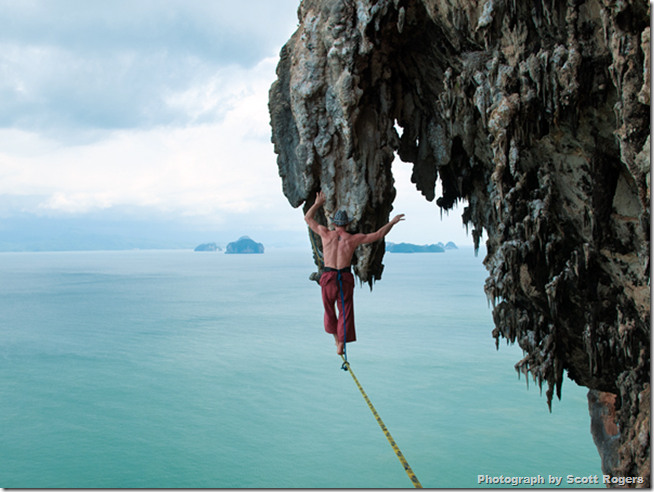

No comments:
Post a Comment
Please adhere to proper blog etiquette when posting your comments. This blog owner will exercise his absolution discretion in allowing or rejecting any comments that are deemed seditious, defamatory, libelous, racist, vulgar, insulting, and other remarks that exhibit similar characteristics. If you insist on using anonymous comments, please write your name or other IDs at the end of your message.